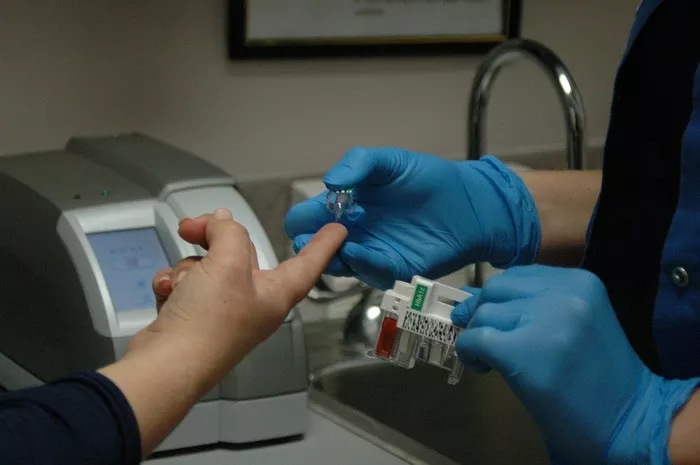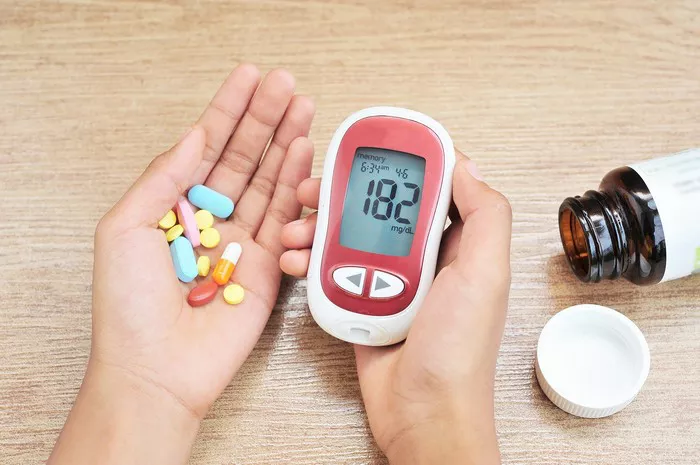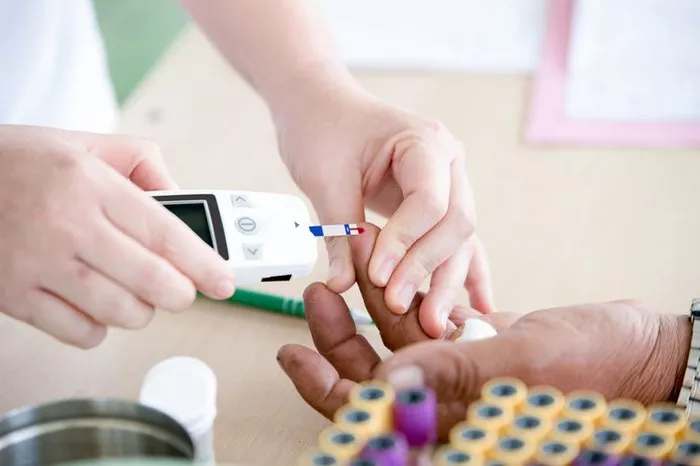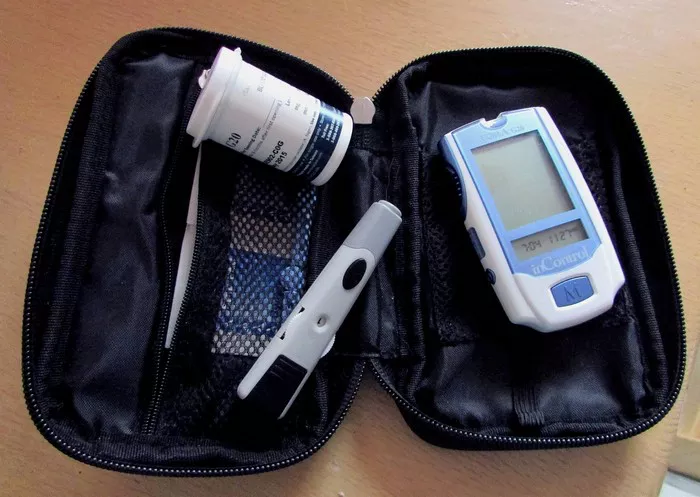Living with type 1 diabetes requires careful management of various aspects of life, including diet. For individuals diagnosed with this condition, maintaining stable blood sugar levels is essential for overall health and wellbeing. While it may seem daunting to navigate food choices with diabetes, understanding what type one diabetics can eat and how to manage their diet effectively can empower individuals to lead fulfilling lives while managing their condition.
Understanding Type 1 Diabetes
Type 1 diabetes is an autoimmune condition in which the body’s immune system attacks and destroys insulin-producing cells in the pancreas. As a result, individuals with type 1 diabetes require insulin injections or the use of an insulin pump to regulate their blood sugar levels. Unlike type 2 diabetes, which is often associated with lifestyle factors such as obesity and physical inactivity, type 1 diabetes is not preventable and is typically diagnosed during childhood or adolescence.
Managing type 1 diabetes involves a combination of insulin therapy, monitoring blood sugar levels, regular exercise, and maintaining a balanced diet. While insulin therapy is crucial for managing blood sugar, diet plays a significant role in controlling glucose levels and reducing the risk of complications associated with diabetes, such as heart disease, kidney disease, and nerve damage.
The Importance of a Balanced Diet
A balanced diet is essential for everyone, but it holds particular significance for individuals with type 1 diabetes. A well-balanced diet provides the nutrients necessary for overall health and helps regulate blood sugar levels, minimizing the need for large fluctuations in insulin doses.
Key components of a balanced diet for individuals with type 1 diabetes include:
Carbohydrates: Carbohydrates have the most significant impact on blood sugar levels as they are broken down into glucose during digestion. However, not all carbohydrates are created equal. Complex carbohydrates found in whole grains, fruits, vegetables, and legumes are digested more slowly, resulting in gradual increases in blood sugar levels. Simple carbohydrates, such as those found in sugary snacks and refined grains, can cause rapid spikes in blood sugar and should be consumed in moderation.
Protein: Protein plays a crucial role in maintaining muscle mass, supporting immune function, and promoting satiety. Including lean sources of protein such as poultry, fish, tofu, beans, and legumes in meals can help stabilize blood sugar levels and prevent overeating.
Healthy Fats: Healthy fats, such as those found in nuts, seeds, avocados, and olive oil, are an essential part of a balanced diet for individuals with type 1 diabetes. These fats help slow the absorption of carbohydrates, keeping blood sugar levels more stable. Additionally, they provide essential fatty acids that support heart health and reduce inflammation.
Fiber: Fiber is found in plant-based foods and can help regulate blood sugar levels by slowing down the digestion and absorption of carbohydrates. High-fiber foods such as whole grains, fruits, vegetables, and legumes also promote feelings of fullness and can aid in weight management.
Creating a Diabetes-Friendly Meal Plan
Designing a meal plan that meets the nutritional needs of individuals with type 1 diabetes requires careful consideration of portion sizes, timing of meals, and food choices. Here are some tips for creating a diabetes-friendly meal plan:
Counting Carbohydrates: Carbohydrate counting is a common strategy used by individuals with type 1 diabetes to manage their blood sugar levels. By estimating the number of carbohydrates in each meal and matching it with an appropriate dose of insulin, individuals can better control their glucose levels. Nutrition labels provide information on the total carbohydrate content of packaged foods, while resources such as carbohydrate counting books and smartphone apps can help with estimating the carbohydrate content of homemade meals.
Eating Regularly: Consistency in meal timing is essential for individuals with type 1 diabetes to maintain stable blood sugar levels throughout the day. Eating meals and snacks at regular intervals can help prevent large fluctuations in glucose levels and reduce the risk of hypoglycemia (low blood sugar) or hyperglycemia (high blood sugar).
Choosing Low-Glycemic Foods: The glycemic index (GI) ranks foods based on their effect on blood sugar levels. Foods with a low GI are digested and absorbed more slowly, resulting in gradual increases in blood glucose levels. Choosing low-GI foods such as whole grains, non-starchy vegetables, and legumes can help individuals with type 1 diabetes manage their blood sugar more effectively.
Balancing Macronutrients: Each meal should contain a balance of carbohydrates, protein, and healthy fats to promote stable blood sugar levels and provide sustained energy throughout the day. Aim to fill half of your plate with non-starchy vegetables, one-quarter with lean protein, and one-quarter with whole grains or starchy vegetables.
Monitoring Portion Sizes: While portion sizes can vary depending on individual calorie needs and insulin sensitivity, controlling portion sizes is crucial for managing blood sugar levels and preventing weight gain. Using measuring cups, spoons, or visual cues can help individuals accurately portion their meals and snacks.
Limiting Added Sugars and Processed Foods: Foods high in added sugars, refined grains, and unhealthy fats should be limited in the diet of individuals with type 1 diabetes. These foods can cause rapid spikes in blood sugar levels and contribute to weight gain and other health problems over time. Instead, focus on whole, minimally processed foods that provide essential nutrients and promote overall health.
Sample Diabetes-Friendly Meal Plan
Here is an example of a diabetes-friendly meal plan that incorporates a balance of carbohydrates, protein, and healthy fats:
Breakfast:
Whole grain oatmeal topped with fresh berries, chopped nuts, and a drizzle of honey
Greek yogurt with sliced banana and a sprinkle of cinnamon
Black coffee or herbal tea
Mid-Morning Snack:
Apple slices with almond butter
Carrot sticks with hummus
Lunch:
Grilled chicken breast salad with mixed greens, cherry tomatoes, cucumber, avocado, and balsamic vinaigrette
Whole grain roll or crackers on the side
Sparkling water with lemon or lime
Afternoon Snack:
Cottage cheese with pineapple chunks
Handful of almonds or walnuts
Dinner:
Baked salmon with quinoa pilaf and steamed broccoli
Mixed green salad with lemon vinaigrette
Sparkling water or herbal tea
Evening Snack:
Air-popped popcorn sprinkled with nutritional yeast
Sliced bell peppers with guacamole
Conclusion
While living with type 1 diabetes presents unique challenges, it is possible to enjoy a varied and satisfying diet while effectively managing blood sugar levels. By focusing on whole, nutrient-dense foods and paying attention to portion sizes and meal timing, individuals with type 1 diabetes can optimize their health and reduce the risk of complications associated with the condition. Consulting with a registered dietitian or certified diabetes educator can provide personalized guidance and support for creating a diabetes-friendly meal plan that meets individual needs and preferences. With careful planning and attention to nutrition, individuals with type 1 diabetes can maintain stable blood sugar levels and enjoy a vibrant, fulfilling lifestyle.



























